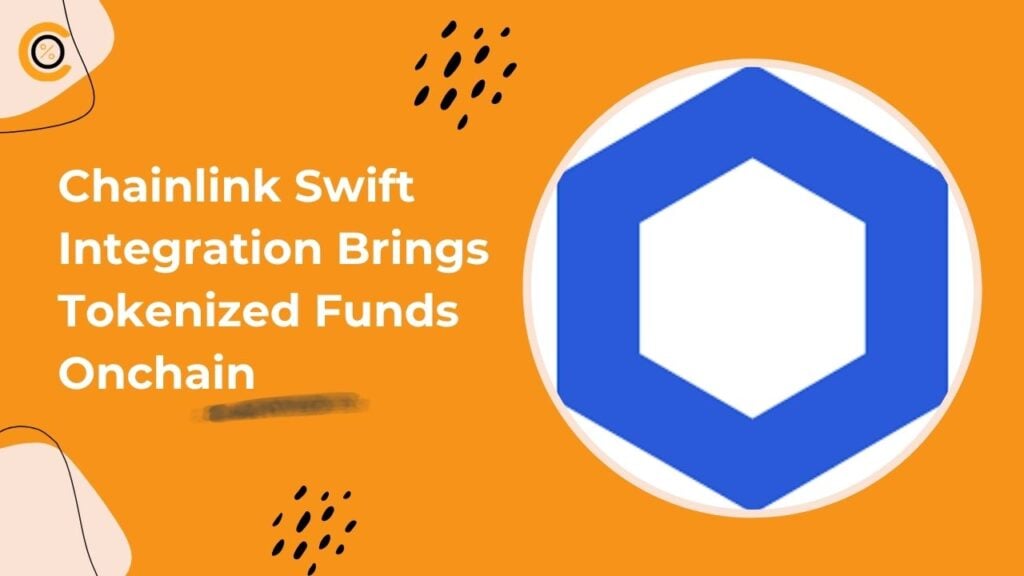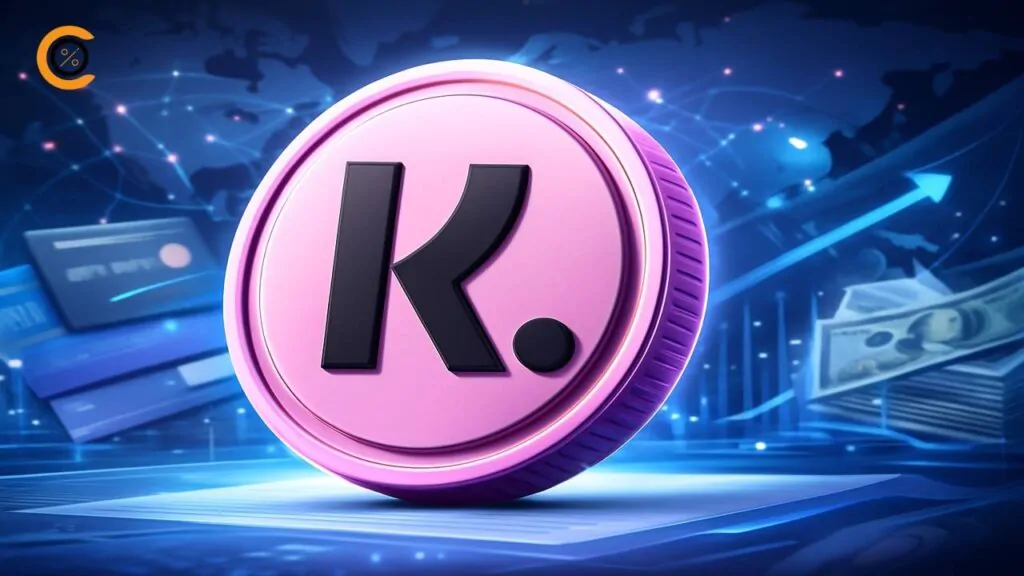- •Chainlink Swift integration uses the Chainlink Runtime Environment (CRE) with Swift’s ISO 20022 messages to trigger onchain fund subscriptions and redemptions.
- •In the UBS Asset Management pilot, Swift messages initiated actions that CRE executed on Chainlink’s Digital Transfer Agent, showing practical end-to-end workflow automation.
- •The system remains a pilot, but it demonstrates a path for banks to access blockchain using existing Swift rails—without new identity or key management stacks.
The Chainlink Swift integration marks a notable step in bringing traditional finance closer to blockchain infrastructure. Announced in collaboration with UBS Asset Management, the pilot project allows banks to execute onchain fund transactions using the Swift messaging network. This approach is designed to let institutions process subscriptions and redemptions for tokenized funds directly through the tools they already rely on, reducing friction between traditional systems and digital asset workflows.
The integration builds on earlier pilots such as Singapore’s Project Guardian and reflects a growing trend in the financial sector toward exploring tokenization. While still in early stages, the move demonstrates how existing financial infrastructure could adapt to blockchain technology without requiring wholesale system changes.
How Chainlink and Swift Connect Onchain
According to the announcement, Chainlink has integrated its execution layer, known as the Chainlink Runtime Environment (CRE), with Swift’s ISO 20022 messaging standard. This setup allows banks worldwide to connect to blockchains via their existing Swift rails.
In practice, the pilot showed how UBS could use Swift messages to trigger fund subscriptions and redemptions onchain. Once a Swift message is received, the CRE processes it and executes the corresponding instructions on Chainlink’s Digital Transfer Agent. This reduces reliance on multiple intermediaries such as custodians, fund administrators, and transfer agents, all of which traditionally add layers of cost and reconciliation to fund management.
Chainlink emphasized that this interoperability approach makes blockchain access available through tools financial institutions already use daily. Instead of designing new identity or key management systems, the integration lets existing infrastructure handle communication, while Chainlink manages the execution onchain.
Related read: Swift Teams up with Consensys to Integrate Blockchain for Cross-border Payments
From Pilot Programs to Global Relevance
This initiative is not an isolated effort. It builds on Project Guardian, a 2024 pilot led by the Monetary Authority of Singapore with participation from Chainlink and UBS Tokenize, which tested cross-chain fund tokenization. In that trial, tokenized fund workflows were successfully combined with existing fiat payment systems.
The latest Swift pilot extends those lessons to a broader scale, showing that onchain automation for fund management is possible without disrupting the current financial messaging standards. The project aligns with the growing importance of tokenization in global finance, where assets under management were reported at $147 trillion as of mid-2025.
Beyond fund transactions, Chainlink has also been working with over 20 global banks, the DTCC, and Euroclear on standardizing corporate action data, including processes like dividends and stock splits. Swift, for its part, continues to explore blockchain initiatives such as a shared ledger for cross-border payments with Consensys and more than 30 financial institutions. These projects suggest that tokenization and blockchain-based settlement are becoming part of the long-term strategy for major players in traditional finance.
Also read: Polymarket Will Use Chainlink $LINK to Resolve Price-Driven Betting
What This Means for the Future of Funds
The Chainlink Swift integration shows how legacy financial systems and blockchain infrastructure can complement one another rather than compete. By using existing Swift rails, banks can test and adopt tokenized fund transactions without needing to overhaul their infrastructure. For financial institutions managing trillions of dollars in assets, this approach lowers the barrier to exploring tokenization.
While the system remains in the pilot stage, it illustrates a pathway toward greater efficiency in fund management and cross-border finance. If adopted more widely, the model could reduce costs, streamline processes, and expand blockchain’s role in global capital markets. For now, it stands as an important demonstration of how established networks like Swift can evolve in tandem with blockchain solutions such as Chainlink.
- Cointelegraph – Chainlink integrates with Swift to let funds process transactions onchain – (Sep 30, 2025)
- PANews – Chainlink and UBS Advance the Fund Industry’s On-Chain Integration with Swift – (Sep 30, 2025)
- Stocktwits – Chainlink, Swift Advance Blockchain Integration With UBS For Tokenized Funds – (Sep 30, 2025)







